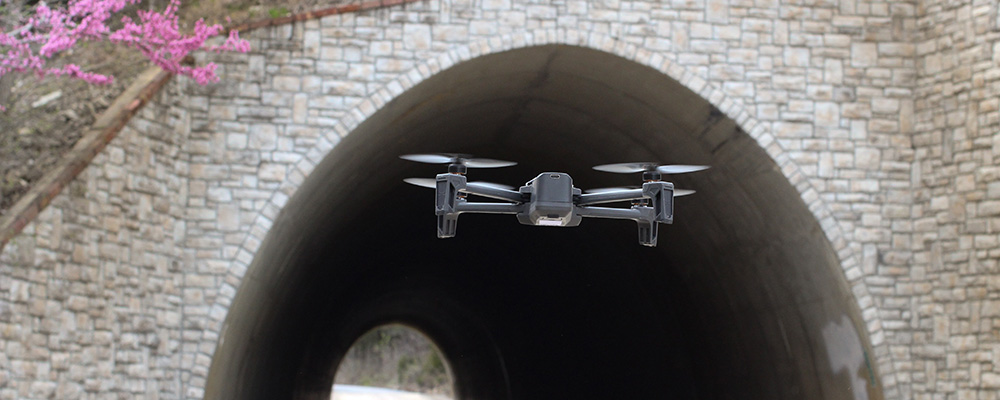GIS and Remote Sensing

Geographic Information System (GIS) serves as an integral component of nearly all ESI’s projects with uses ranging from basic cartography to statistical analyses to advanced application of database features for landscape modeling. Remotely sensed data gathered via aerial, satellite, and/or radar imagery are used in GIS to facilitate multiple project phases from initial planning through modeling potential impact mitigation approaches. ESI’s analysts employ advanced GIS capabilities contributing to a variety of project needs such as development of landscape-level models and how various species are impacted by habitat management practices.
ESI champions continual reinvestment in process improvement affording optimized data collection and expedient turn-around time. Data capture employs a secure cloud-based system, accessed through either a web interface or a multi-platform application, streamlining data collection, reducing transcription errors, and resulting in accurate, cost-effective data collection and reporting.
ESI maintains an unmanned aerial vehicle fleet comprising quadcopters and fixed-wing drones capable of orthomosaic and three-dimensional mapping and equipped with real-time kinematic GPS data with an accuracy of three centimeters. Drones are used for remote data collection on projects ranging from wildlife and vegetation studies to cultural resource investigations to infrastructure and development. ESI biologists hold Federal Aviation Administration (FAA) Licensed Commercial Drone Pilot credentials creating a winning combination of scientists addressing regulatory compliance concerns with up to date technology and concurrently affording clients reduced cost, faster turn-around time, and reliable data collection.